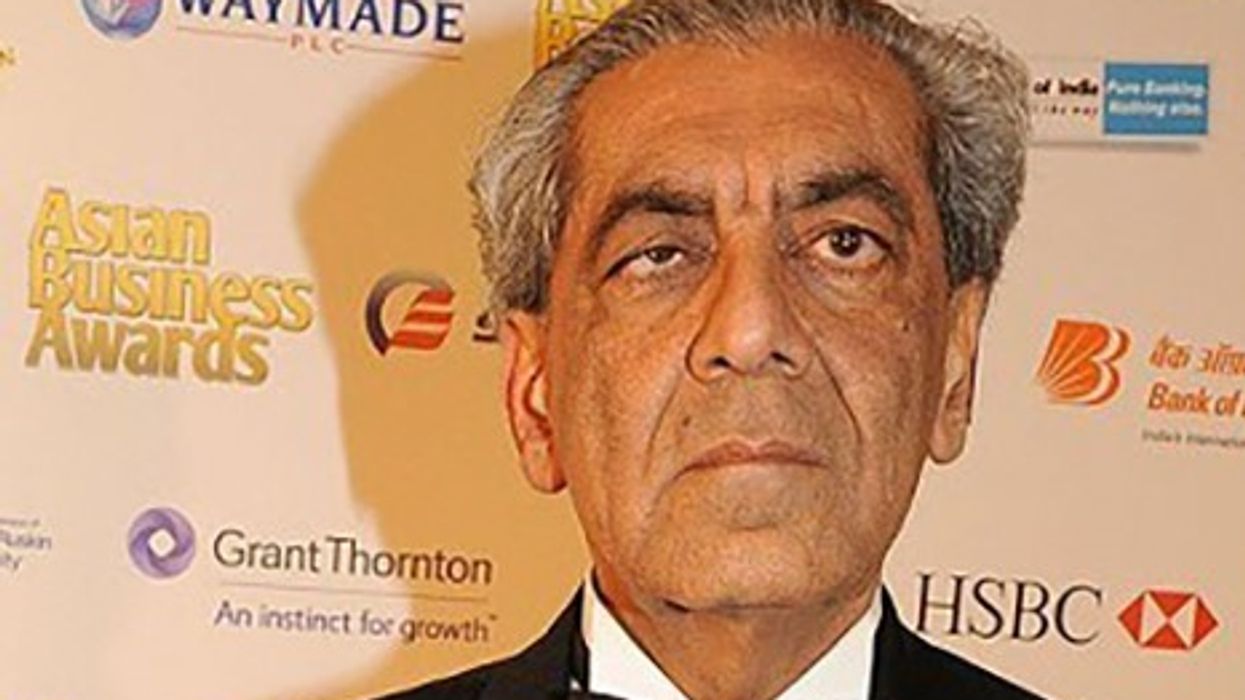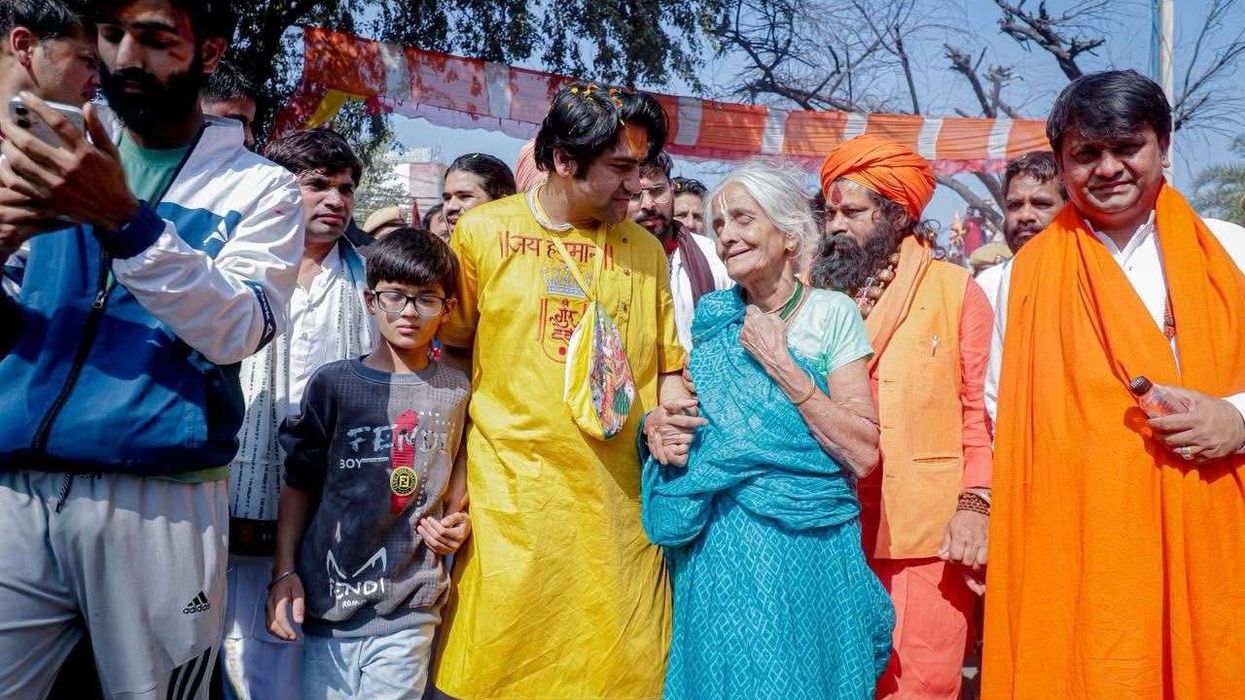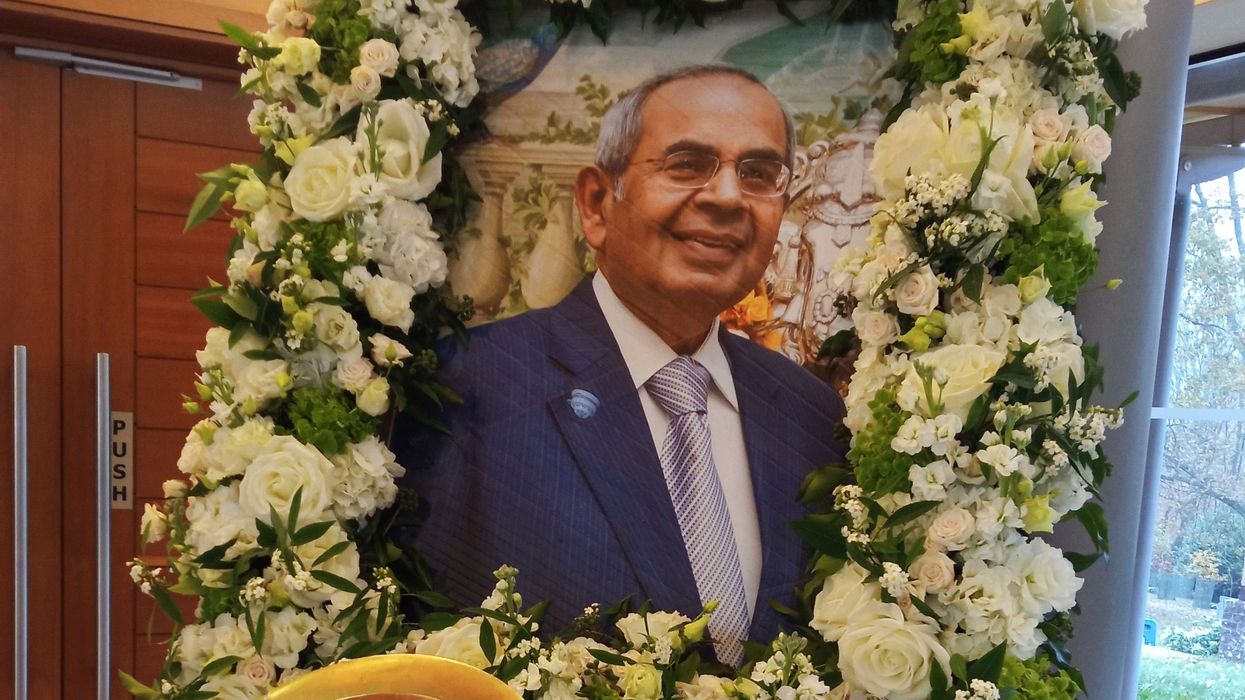Indian-Americans, who constitute the second-largest immigrant group in the US, regularly encounter discrimination and polarisation, according to a survey released on Wednesday.
The report, Social Realities of Indian Americans: Results from the 2020 Indian American Attitudes Survey draws on the Indian-American Attitudes Survey (IAAS) - a collaboration between the Carnegie Endowment for International Peace, Johns Hopkins-SAIS, and the University of Pennsylvania.
The findings of the report are based on a nationally representative online survey of 1,200 Indian-American residents in the US - the 2020 IAAS - conducted between September 1 and September 20, 2020, in partnership with the research and analytics firm YouGov, it said in a statement.
"Indian-Americans regularly encounter discrimination. One in two Indian Americans reports being discriminated against in the past one year, with discrimination based on skin colour identified as the most common form of bias.
2Somewhat surprisingly, Indian-Americans born in the United States are much more likely to report being victims of discrimination than their foreign-born counterparts," said the report.
According to the report, Indian-Americans exhibit very high rates of marriage within their community.
While eight out of 10 respondents have a spouse or partner of Indian-origin, US-born Indian-Americans are four times more likely to have a spouse or partner who is of Indian-origin but was born in the United States.
The survey found that religion plays a central role in the lives of Indian-Americans but religious practice varies.
While nearly three-quarters of Indian-Americans state that religion plays an important role in their lives, religious practice is less pronounced.
Forty per cent of respondents pray at least once a day and 27 per cent attend religious services at least once a week.
The report notes that roughly half of all Hindu Indian-Americans identify with a caste group. Foreign-born respondents are significantly more likely than US-born respondents to espouse a caste identity. The overwhelming majority of Hindus with a caste identity -- more than eight in 10 -- self-identify as belonging to the category of General or upper caste.
Indian-American itself is a contested identity. While Indian-American is a commonly used shorthand to describe people of Indian-origin, it is not universally embraced. Only four in 10 respondents believe that Indian-American is the term that best captures their background, the report said.
Civic and political engagement varies considerably by one's citizenship status. Across nearly all metrics of civic and political participation, US-born citizens report the highest levels of engagement, followed by foreign-born US citizens, with non-citizens trailing behind.
Indian-Americans' social communities are heavily populated by other people of Indian-origin. Indian-Americans - especially members of the first generation -- tend to socialise with other Indian-Americans.
Internally, the social networks of Indian-Americans are more homogenous in terms of religion than either Indian region (state) of origin or caste.
The report says that polarisation among Indian-Americans reflects broader trends in the American society.
"While religious polarisation is less pronounced at an individual level, partisan polarisation -- linked to political preferences both in India and the United States -- is rife. However, this polarisation is asymmetric: Democrats are much less comfortable having close friends who are Republicans than the converse," it said.
The same is true of Congress Party supporters vis-a-vis supporters of the BJP.
"To some extent, divisions in India are being reproduced within the Indian-American community. While only a minority of respondents are concerned about the importation of political divisions from India to the United States, those who identify religion, political leadership and political parties in India as the most common factors," the report added.
Indian-Americans comprise slightly more than one per cent of the total US population-and less than one per cent of all registered voters.
Indian-Americans are the second-largest immigrant group in the United States. There are 4.2 million people of Indian-origin residing in the United States, according to 2018 data.












